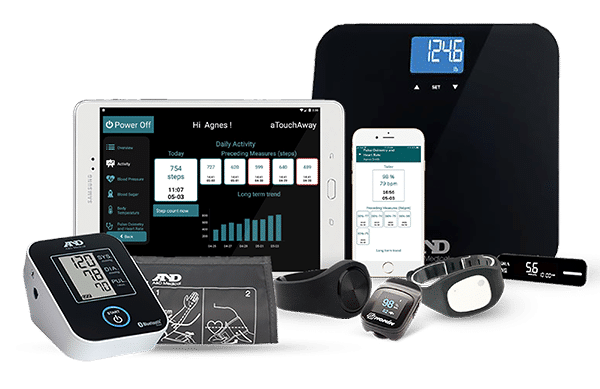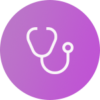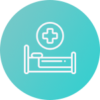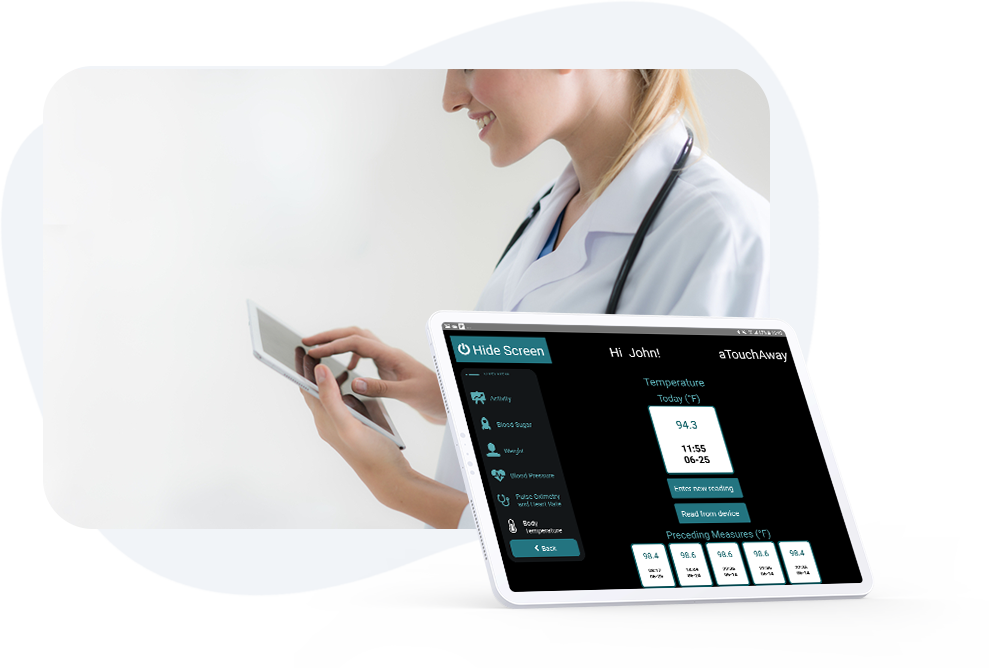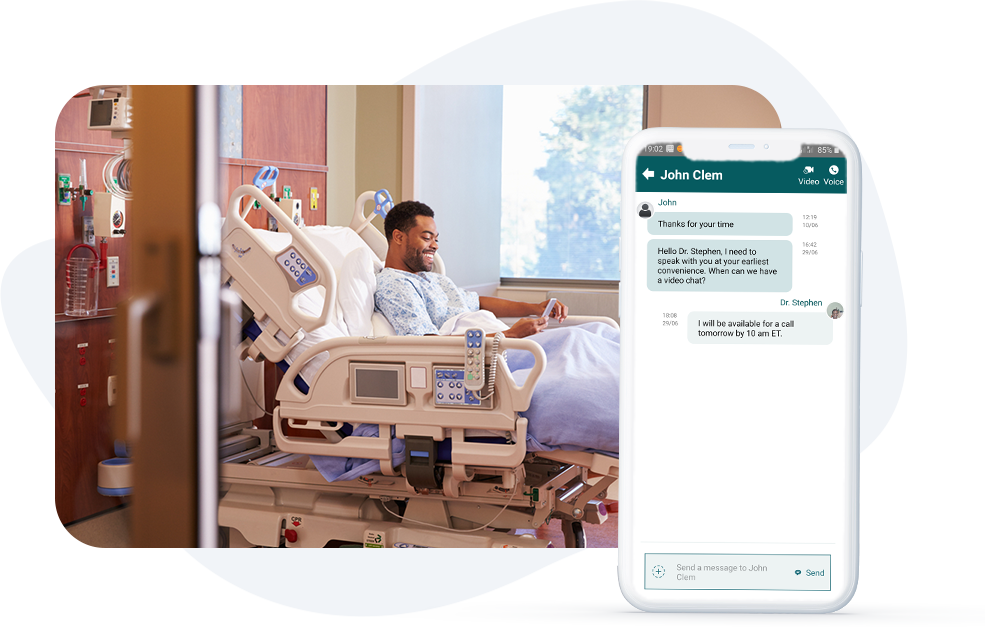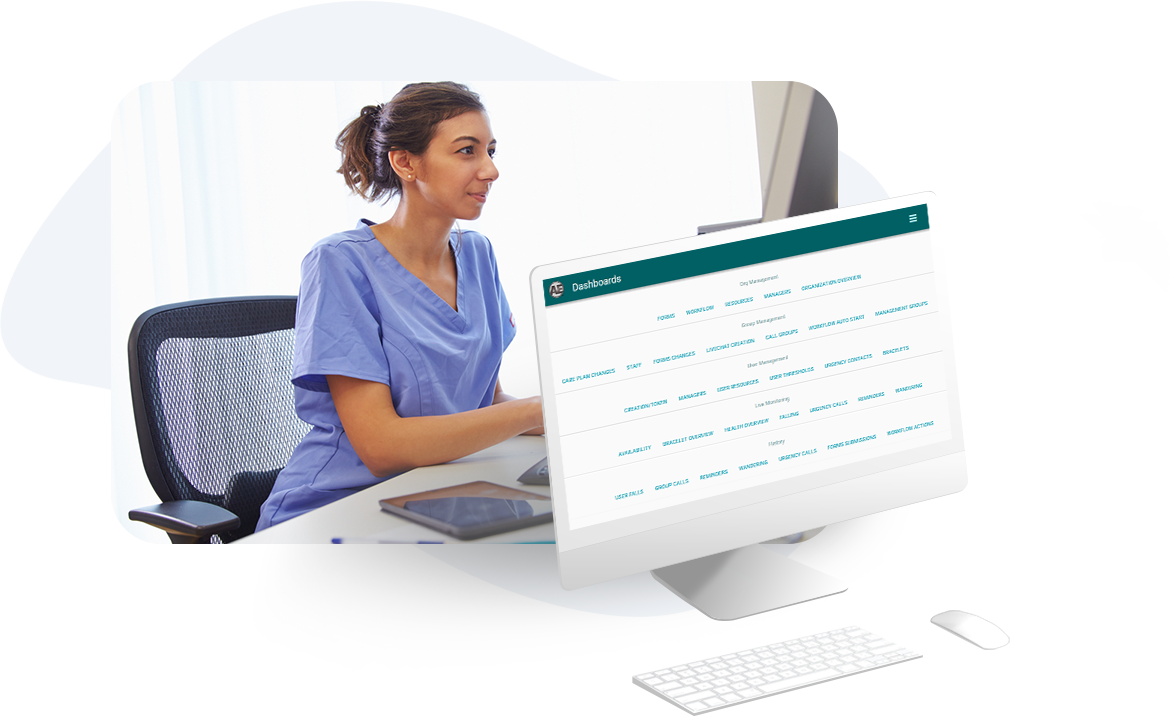
Connecting clinicians and patients through pathways of care

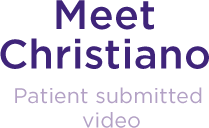
At Aetonix, we recognize that the patient journey is a challenge for people at all levels of the healthcare system.
When the cure is connection, the world turns to Aetonix.
Used globally by over 250 hospitals and tens of thousands of patients.

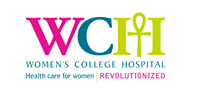




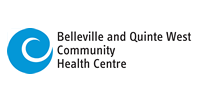


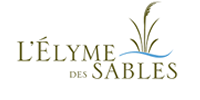


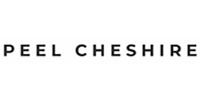
Changing lives daily.

Using the aTouchAway COPD Care Pathway, we have been able to support our patients at home with required respiratory and oxygen therapy, managing them safely and avoiding unnecessary hospital or clinic visits. ATouchAway proves to be effective in augmenting patient care while expanding team capacity and saving travel time for our organization
Miriam Turnbull
VP & GM at ProResp
Schedule a discovery call
Wondering if we are a right fit, or have any particular questions that you want answered? Let’s discuss.
